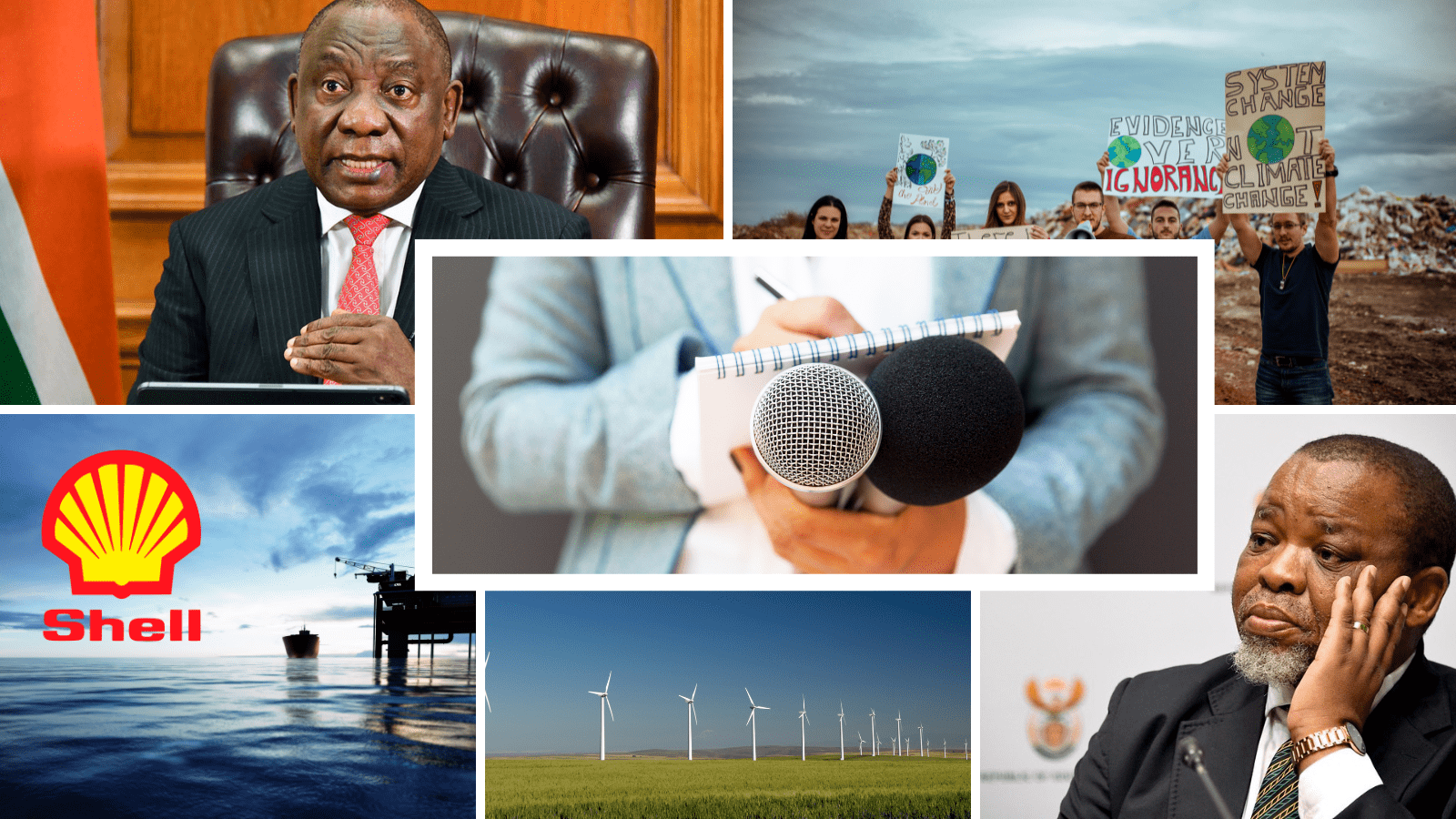Finance Minister Enoch Godongwana finally got his budget over the line this afternoon– the third attempt after much political back-and-forth around a proposed VAT hike. The newly tabled Budget 3.0 aims to keep South Africa’s fragile finances afloat, balancing social investment and debt management without tipping into full-blown austerity.
Let’s break down the most important points.
VAT stays put, but something’s gotta give
After fierce resistance from coalition partners and the public, the Treasury scrapped plans to raise VAT by 0.5 percentage points. “There is clarity now: VAT will remain at 15%,” said Godongwana. He added, “This decision reflects our commitment to listen to South Africans, and to all the political parties represented in this House.”
But that decision came at a cost. “The reality… is that the decision to do away with the VAT increase, without a viable alternative source of revenue, significantly reduced our ability to fund additional government programmes and projects,” he said.
In other words, no VAT hike means less money to go around – and it shows in the reduced allocations across several departments.
What’s been cut – and what hasn’t
Budget 3.0 slashes R68 billion from what had been proposed in March. These reductions target “provisional allocations not yet assigned to votes”, so while technically not “cuts” to current baselines, they still mean a leaner budget than originally planned.
Departments like Health and Education still receive some support, but less than previously hoped. Given the reduction in funds, Treasury has stated that no staff cuts for teachers or doctors are expected.
Provincial health sector
Its budget is R845 billion over the medium term but will be increased by R20.8 billion over three years, mainly to employ 800 post-community service doctors.
Education sector
It gets R1.04 trillion, with R9.5 billion for keeping teachers in classrooms and improving access to early childhood development.
Passenger Rail Agency of South Africa (PRASA)
Meanwhile, big-ticket infrastructure projects like PRASA’s rail upgrades have had their funding reduced from earlier proposals. PRASA’s total medium-term allocation has been cut from R19.2 billion to R12.3 billion – a R6.9 billion reduction. These cuts will likely impact planned investments in modernising signalling equipment, which were expected to improve the safety, reliability and frequency of rail services.
While the funding decrease reflects tighter fiscal conditions, the move raises concerns about the pace at which the government can address South Africa’s crumbling rail infrastructure – a vital service for millions of low-income commuters.
Home Affairs
Their digitisation plans have been trimmed back. The rollout of new smart IDs may face delays as funding is reduced by more than half. In the first attempt at the budget, Home Affairs was expected to receive R3.2 billion, this has now been reduced to R470 million in 2025/26 and R495 in 2026/27.
Still, Godongwana assured: “This is not an austerity Budget. It is a redistributive Budget… It directs 61 cents of every rand of consolidated, non-interest expenditure towards the social wage.” In simple terms: for every rand the government spends (excluding interest on debt), 61 cents will go towards basic services that support ordinary South Africans.
Fuel levy makes a quiet return
To help plug the hole left by the abandoned VAT hike, the government will raise the general fuel levy for the first time in three years. From 4 June, it goes up by 16c/litre for petrol and 15c for diesel.
Treasury officials were quick to note this increase is in line with inflation and not a new revenue measure per se. It’s expected to bring in around R3.5 to R4 billion this year – far less than the R75 billion that a VAT hike would have provided.
A cautious economic outlook
Slower global growth and domestic headwinds have forced the Treasury to downgrade GDP growth forecasts. “We now estimate real GDP to grow at 1.4 per cent in 2025,” said Godongwana – down from the 1.9% forecast in March.
He warned of “heightened trade tensions and elevated policy uncertainty” globally (cough cough… Trump’s Tariffs) and local constraints like logistics, energy, and underperforming state institutions.
Debt remains a key concern. South Africa’s debt-to-GDP ratio is projected to peak at 77.4% in 2025/26 – the highest since 1994. Interest payments alone will cost the country R1.2 billion per day. “We must maintain our efforts to reverse this trend,” said Godongwana.
Spending smarter, not more
With little fiscal room to manoeuvre, Treasury is banking on spending more efficiently. Godongwana announced a partnership between the Presidency and Treasury to embed spending reviews into the budgeting process. The goal: cut waste, close underperforming programmes, and hunt down “ghost workers” still lurking on government payrolls.
A new data-driven approach to identifying payroll anomalies will be implemented, and infrastructure reforms will target better planning and contracting, especially at provincial and municipal levels.
Hope, with a healthy dose of realism
Despite the tight numbers and reduced ambitions, Godongwana ended on an optimistic note. “This budget supports economic activity while raising future economic prospects,” he said. “All the while promoting fiscal sustainability, so future generations are not burdened by the decisions we make today.”
After a rocky political start, Budget 3.0 appears to have achieved the delicate balance the Government of National Unity demanded. The big test, as always, will be in the implementation.
Emma is a freshly graduated Journalist from Stellenbosch University, who also holds an Honours in history. She joined the explain team, eager to provide thorough and truthful information and connect with her generation.
- Emma Solomon
- Emma Solomon




